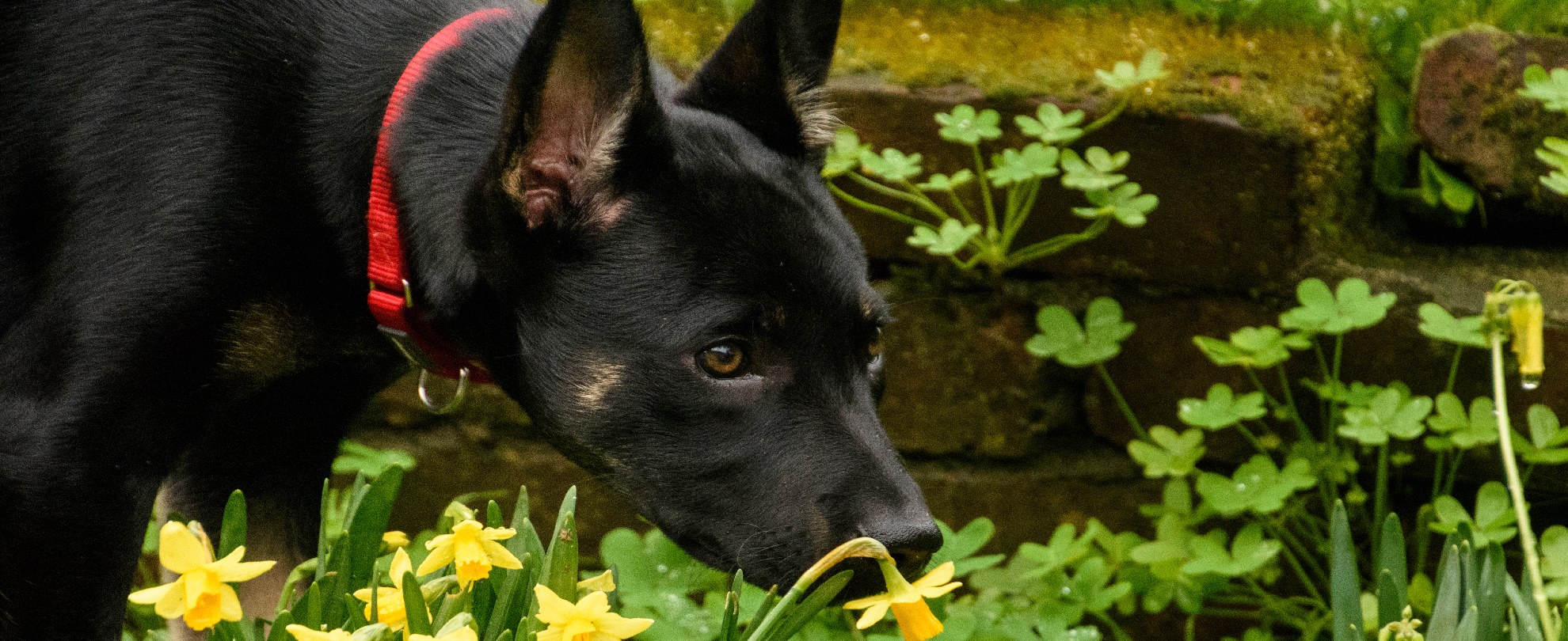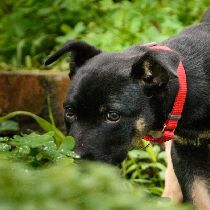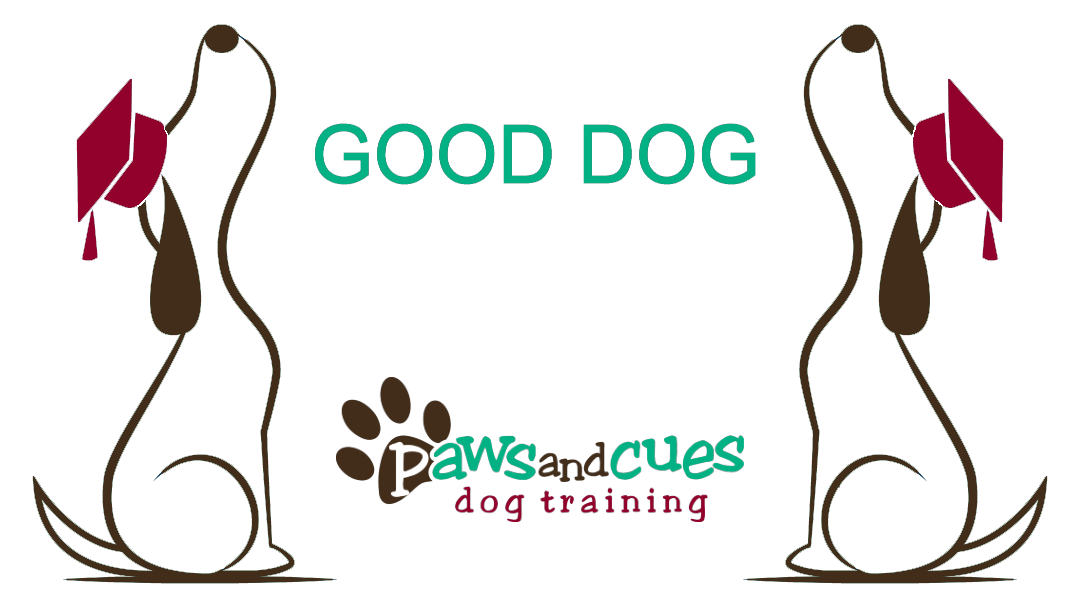(This is the second in a series of blogs I am calling “Inspired by Knap”. These blogs come from being reminded about basic training as a result of having a new, very active, very aware puppy in my home… Knap. Without my long background in training dogs, this puppy might be very difficult to live with. With it, we are having a grand time together. Through these blogs, Knap and I want to share some of what is working so well for us with the hope that this will help make training your dog using reward-based training more effective and more fun.)
The name of the game in reward-based dog training is creating opportunities for success…. Lots of success which means lots of rewards! This often means starting by limiting the dog’s world so that the dog is only doing the kinds of things we want… things we can reward. Gradually, as the dog learns, we expand his world. This management rewards us as well as creating more opportunities for rewarding the dog. We are free of the frustration and anger that can happen when a dog, just by being a dog, behaves in ways we don’t like. We also have the reward of success as the dog succeeds. It doesn’t get much better than this for building a great relationship together!
Whether you have a new dog or are wanting to make changes with a dog who has already been a part of your family for some time, management is a great way to get started. Let’s look at how we managed Knap’s arrival in our home…
- Use of crates and ex-pens: I made these exciting places to be so that he would love being in them… and then I used them any time I could not supervise 100% where he was and what he was doing. (It always amazes me how much puppies can find to get into that we as adults have always overlooked!) This prevented him from
- Chewing objects that were not his to chew. (His “chewables” were with him in the crate or ex-pen)
- Making house training mistakes while I was not watching. (He was on a frequent schedule of trips to the yard with me so that he could do what he needed to do and I could reward that well.)
- Bothering my other dog… who was not super excited to welcome him to our home!
- Clearing off surfaces… I wanted him to learn to leave counters and other surfaces alone which meant not allowing him to discover fun stuff on them.
- Securing kitchen and bathroom cupboards
- Leaving nothing on the floor other than what he could have… not shoes, not a handbag, not computer cords, not books or knitting… nothing but his toys
- Making certain the yard was safe… clear of anything he should not have or that I did not want him to chew on
With this management, everything that we did together when he was free in the house or yard was fun with lots of opportunities for rewarding good behavior!
On a cautionary note: One of the comments trainers frequently make is “management always fails”. Keep this in mind as you gradually expand your dog’s world. My choice is to make training anything that involves the dog’s safety the top priority. That pre-empts the potential failure of management because the dog is now trained!
Gradually, then, I gave Knap increasing freedom. Some of this actually happened when I failed in management! For example, one day I absent-mindedly just took a shower without putting him in the ex-pen. Imagine my surprise when I opened the shower door and was greeted by a very curious puppy… and then my delight that he had handled it perfectly. Now there was one less time for me to think about management. Another time I absent-mindedly left shoes on the floor. When I noticed them, I also realized that they were untouched. Knap had learned what his toys were so the shoes were not important.
The ex-pen is no longer in the living room. At seven months old, he has earned the freedom of the house except at night or when I am gone. Ooops…, also except the kitchen! Rather than increase my counter management as he grew (not realistic with my housekeeping), I just manage with a gate to keep him out of the kitchen unless I am present. Sometimes balancing management choices to accommodate our needs is also important as we live with our dogs. I have chosen to manage this one for life!
Is there a behavior or are their behaviors that you might manage in order to create more rewardable successes with your dog? What would be your progression from management to training? Might this help you find more good things to reward? Wouldn’t that be fun?!





0 Comments